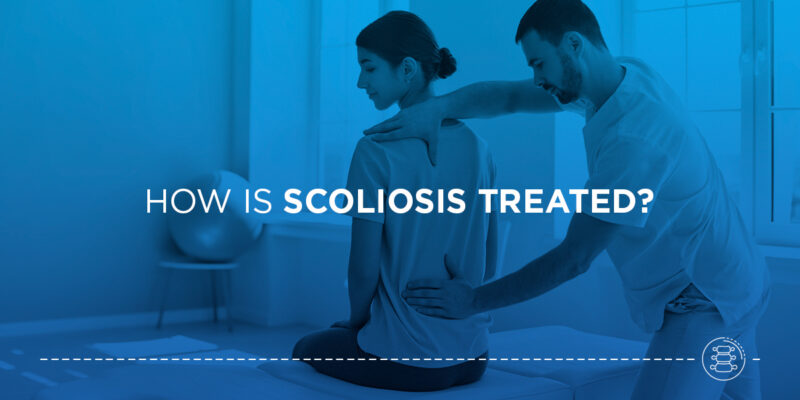

Scoliosis can be a challenging condition for children and teens because it can affect appearance and cause discomfort. The good news is that today there are treatment options designed to slow its progression and help young patients get back to participating in activities.
Scoliosis is a medical condition that causes the spine to curve unnaturally to one side. It usually affects pre-teens and teens, though degenerative scoliosis can occur in adulthood. Scoliosis can cause a noticeable unevenness in the shoulders or hips or a tilting to one side. In some cases, it can lead to pain or other complications. While scoliosis does not go away on its own, treatment options to correct it are available.
Many individuals want to know if scoliosis can be cured, and the answer is complicated. It’s most accurate to say that scoliosis correction is possible, though not every symptom of the condition can be entirely eradicated in all situations. There are three main treatment options for scoliosis:
How scoliosis is treated depends on the patient and the condition. In most cases, observation and other non-invasive treatments are suggested first.
Whether you have already been diagnosed with scoliosis and want a second opinion or have symptoms and need an accurate diagnosis, NYSI can help. Since 2000, we’ve been treating patients with scoliosis and other musculoskeletal conditions, using cutting-edge treatments and compassionate care. Our board-certified surgeons are experienced with scoliosis treatment.
Learn more about us today or contact us for information about our treatments. You can also schedule an appointment with NYSI.